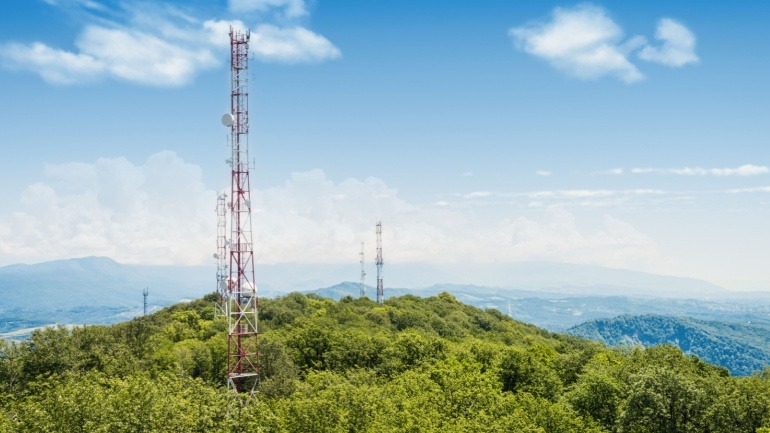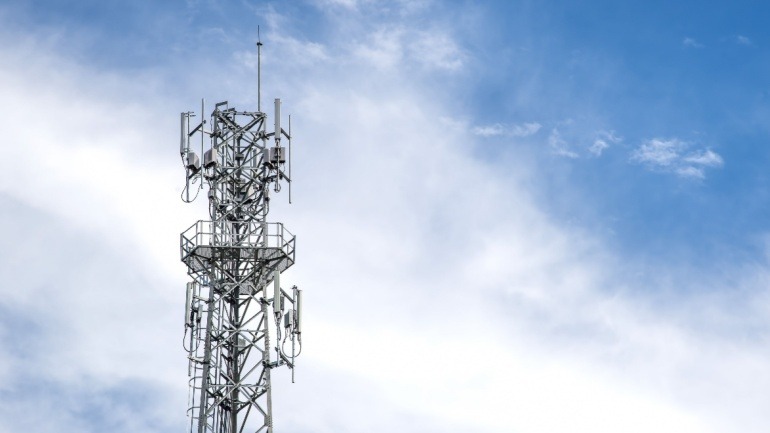EE’s innovative deployment of a mobile tower on the Isle of Skye enhances 4G connectivity in rural areas. Providing reliable coverage, the tower supports local businesses while reducing visual disruption.
Virgin Media O2 strengthens its focus on digital innovation by selling an 8.33% stake in Cornerstone to Equitix. As the UK’s largest tower operator, this move highlights Virgin Media O2’s strategy to optimize its infrastructure investments while prioritizing future advancements in 4G and 5G development.
In collaboration with Freshwave, EE has deployed 25 new small cells, revolutionizing the 4G and 5G network landscape. This first-of-its-kind initiative promises seamless mobile communication, optimizing bandwidth for VoIP calls in high-traffic areas.
Axiom Space and Nokia are teaming up to revolutionize lunar communication by integrating 4G/LTE technology into the next-generation spacesuits for NASA’s Artemis III mission. This partnership will enable high-speed data transfer, HD video, and voice communication on the lunar surface.
Qualcomm’s acquisition of Sequans Communications’ 4G IoT technology marks a significant leap in enhancing their VoIP solutions for the industrial IoT market. By integrating Sequans’ specialized cellular semiconductor solutions, Qualcomm aims to offer more reliable and optimized VoIP connectivity. This strategic move bolsters their portfolio, aligning with the growing demand for robust IoT connections.
Qatar’s Communications Regulatory Authority (CRA) will shut down 3G networks by December 31, 2025, to bolster 4G LTE and 5G services nationwide. This shift, part of Qatar National Vision 2030, aims to optimize spectrum resources, enhance telecommunication service quality, and drive economic diversification. VoIP users will enjoy improved connectivity and efficiency.
Nokia has been chosen to supply Norlys with its complete mobile core network and managed services. This partnership will enhance the performance and reliability of Norlys’ 4G and 5G networks in Denmark. Utilizing Red Hat OpenShift and Nokia’s Cloud Platform, the deployment promises scalable and secure infrastructure solutions for advanced voice and data services.
A recent report commissioned by EE suggests that 4G mobile connectivity can generate significant economic benefits for rural communities, with potential earnings exceeding £6 million. However, in half of the analyzed locations, the cost of upgrading outweighed the financial advantages.
In a significant development for commuters, the Berlin underground (U-Bahn) has finalized the installation of a 4G mobile network, ensuring high-speed internet access across its entire subway system. The initiative, a collaboration between Germany’s O2 Telefonica and Berliner Verkehrsbetriebe (BVG), marks a milestone achievement after years of planning and execution. Data usage among subway users has skyrocketed, increasing sevenfold since 2019, necessitating improved connectivity underground.
KPN, a leading telecom operator, recently announced its plan to retire 2G network by 2025, opening the frequency gates to bolster the reliability and speed of its 4G & 5G networks.













